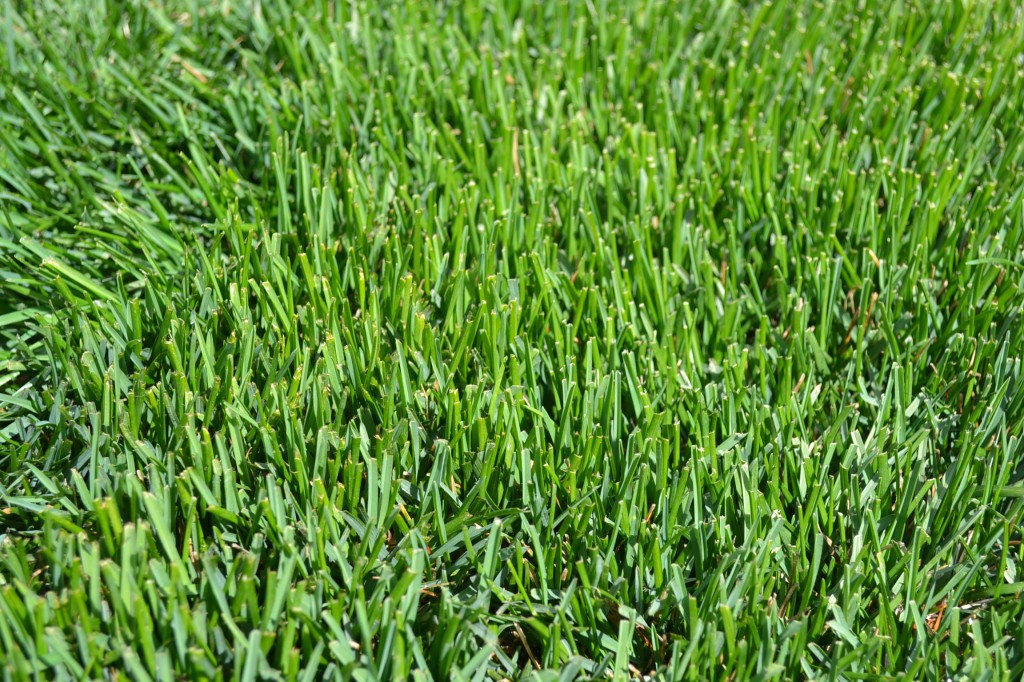Grass recovery this season is slowly beginning in eastern Iowa. The prolonged winter coupled with the lingering cooler temperatures has definitely slowed grass recovery. Many homeowners are anxious to get their lawn back into shape after the brutal drought that we incurred last summer. Many traditionally healthy lawns experienced die back even with frequent watering. Hot temperatures last season keep soil moisture at a minimum. If you are like many home owners, you can’t wait for your lush green lawn to return. Since Iowa weather is unpredictable, you will have to play it by ear. Below are a few tips to help get your lawn back into shape.
Grass recovery tips.
- If you plan on doing any seeding, do not apply a pre-emergent to any of the seeded areas. Pre-emergents will keep your grass seed from germinating properly and it will be counter productive.
- Spring aeration is a good tool for grass recovery because the soil tends to be moist from spring rains. The more moisture in your soil, the deeper core aerator’s tend to plug. If your soil lacks moisture, you may only see 1″ plugs instead of 2″ to 3″ plugs.
- Choose the best seed for the application. Straight bluegrass seed mixes will take about 30 days to germinate. Make sure that you apply the seed early enough to catch some of the spring rains so that you don’t have to water as much. Seed blends with fescue or rye will germinate in about a week and a half. If you are looking for quicker seed germination, we recommend using a blend that incorporates bluegrass, rye and fescue.
- Water, water, water. If you live in an area that is not seeing persistent spring rains, you might have to supplement rain water with a sprinkler. During the germination process, it is important to keep your soil moist.
- Fertilize you lawn with a 13-13-13 blend. This blend will provide your new grass with the nutrients it needs to flourish.

